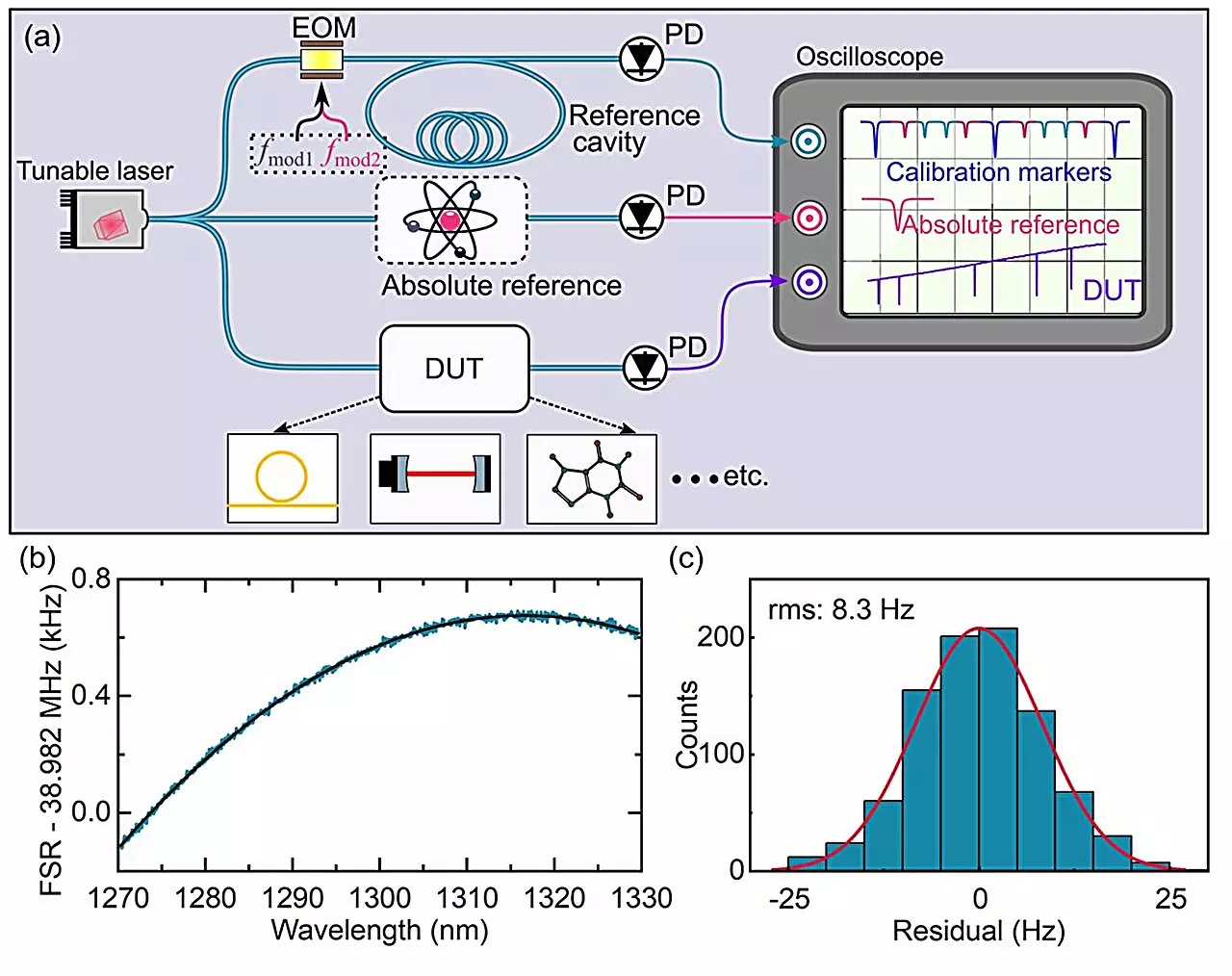Laser spectroscopy has profoundly impacted the field of analytical science since the advent of the laser in the early 1960s. Initially a groundbreaking technology, its applications have proliferated, allowing scientists to explore the intricate details of atomic and molecular structures. With continuous advancements in laser technology, researchers are still finding novel uses for laser spectroscopy in various fields, including physics, chemistry, and environmental science.
Two predominant forms of laser spectroscopy have emerged, each with its distinct advantages. The first is frequency comb-based laser spectroscopy, renowned for its unprecedented accuracy that reaches up to 18 decimal places. Recognized as a significant milestone in physics, this technique garnered the Nobel Prize in Physics in 2005. The implications of such high-precision measurements extend into various realms, including the development of optical clocks, advanced gravity sensors, and even the elusive quest for detecting dark matter.
The foundational principle behind frequency combs is their ability to deliver broad bandwidth alongside high spectral resolution. However, these systems are not without their drawbacks. Each comb mode typically produces low power, which presents challenges in detecting trace gases that require higher sensitivity. Furthermore, the gaps between comb modes necessitate additional methodologies to measure finer spectral features accurately. High-precision outcomes in frequency comb spectroscopy are dependent on long-term coherence of the laser source, which inherently complicates the design and stabilization of the systems.
In contrast, tunable continuous-wave (CW) laser spectroscopy stands out due to its high photon flux, substantial interaction paths, and agility in frequency modulation. This feature makes CW lasers particularly well-suited for sensitive applications, including molecular spectroscopy and laser-based remote sensing efforts like LIDAR. Despite its advantages, traditional tunable CW lasers often suffer from unpredictable fluctuations that can affect measurement precision. To mitigate these inconsistencies, scientists have spearheaded various techniques, including the utilization of interferometric approaches and advanced modulation strategies.
Researchers at the Max Planck Institute for the Science of Light have recently unveiled an innovative broadband spectroscopy method that integrates the robustness of tunable lasers with the precision typically reserved for frequency comb-based spectroscopy. As documented in Advanced Photonics, this pioneering technique employs on-the-fly calibration of the laser frequency through a fiber cavity, utilizing a dual radio frequency (RF) modulation technique to enable meticulous tracking of the laser’s oscillation.
This real-time calibration yields calibration markers that function as an optical frequency ruler, allowing for the ultra-precise measurement of frequency distances between spectral features. Such accuracy is revolutionary; the newly developed technique achieved measurements with sub-10-Hz precision over an expansive 11-THz frequency range, representing a marked improvement over traditional tunable laser spectroscopy methodologies.
Moreover, this innovative laser system boasts measurement speeds of up to 1 THz/s, constrained primarily by the linewidth of the reference cavity. Compared with frequency comb-based approaches, the new method offers several significant advantages: it improves optical probe power, increases spectral flatness, and enhances polarization stability, all of which are crucial for accurate spectroscopic analysis.
The ramifications of this new broadband spectroscopy method extend beyond theoretical physics. Initial applications have already demonstrated its utility in characterizing complex spectral features of integrated photonic devices, like microresonators, and in assessing the molecular absorption spectrum of gasses such as HF. Notably, this technique improves measurement precision by two orders of magnitude compared to existing methods, promising substantial advancements in numerous scientific domains.
Impressively, this simplistic and robust technique is adaptable for use in real-world environments. It simplifies the operational requirements often associated with mode locking and phase stabilization, making it highly suitable for applications in LIDAR systems, 3D imaging, trace gas sensing in open paths, as well as the calibration of astrophysical spectrometers.
As laser spectroscopy continues to evolve, this novel approach introduces the possibility of enhanced methodologies in scientific inquiry, paving the way for robust measurements even in challenging conditions. The landscape of atomic and molecular analysis is undoubtedly transforming, driven by continuous innovation in laser technologies that hold the potential for future discovery and understanding of the universe at a fundamental level.


Leave a Reply